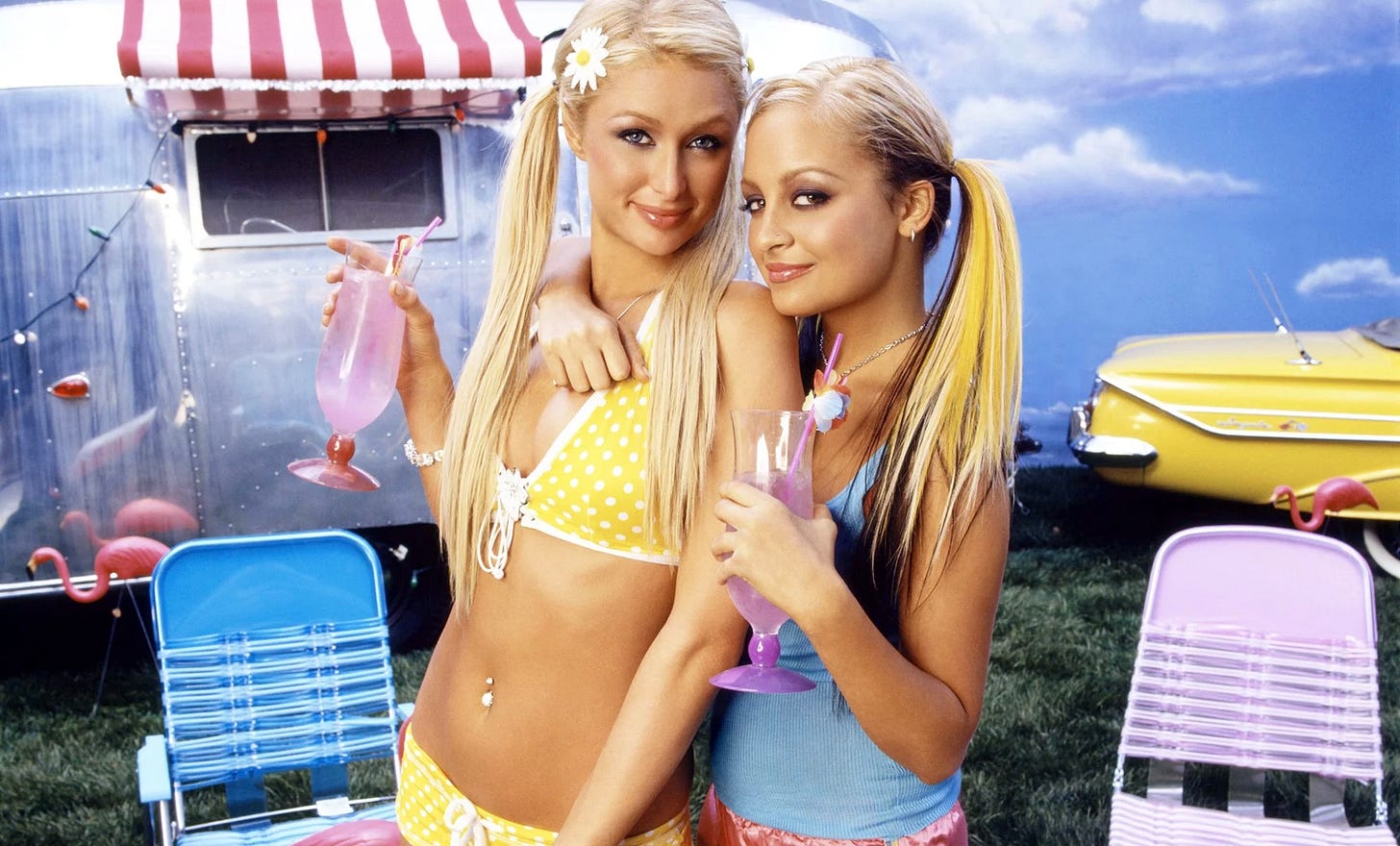
Love Island. Keeping Up With the Kardashians. Selling Sunset. The Real Housewives. The Hills. The Simple Life. You may not watch reality TV, but you’ve definitely heard of these shows that have become an omnipresent part of culture since the early noughties. It may be hard to keep up with all of the new releases as the reality TV machine has become such a beast that spits out new shows left right and centre.
Reality TV takes up a significant part of the media and entertainment landscape because people love it. They love the drama, the fanfare and the OTT storylines which are about as real as the designer handbags you find on Canal Street in NYC. Be it rich housewives wining and dining on yachts throwing crying fits in Louboutins, or ex-partners and potential love interests giving each other the eye in scantily clad clothing on a beach somewhere, the world is hooked on reality TV.
In America, 52% of adults watch at least one hour of reality TV a week. And in the UK, my country of origin, 70% of the population says they watch reality television regularly. And as reality TV has become embedded into mainstream consciousness with people not being able to resist the latest juicy storyline to land on our screens, its had a huge impact on fashion trends and the way people shop.
Reality TV fashion has developed a certain je ne sais quoi over the years. On the first season of The Simple Life which aired in December 2003, Paris Hilton and Nicole Richie donned Von Dutch hats, Juicy Couture sweatshirts and joggers, and Dior bags to milk cows - a Y2K look which is back in fashion by the way. And The Hills also gave audiences a ton of fashion inspiration, from headbands and extra-long tank tops to huge sunglasses and boho beanies. And this was just the start.
It has to be said, Keeping Up with the Kardashians is the show that popularised certain aesthetics on a global scale. From neon spandex to thigh-high boots to crop tops to cycling shorts and latex, these are all trends the Kardashian clan sent into overdrive. And Love Island, the UK’s favourite dating show, jumped on the fashion bandwagon early on with clever partnerships and sponsorships that have seen contestants secure record-breaking deals with brands like PrettyLittleThing, Missguided, and I Saw It First once they’d exited the villa.
Kicking it up a notch, Selling Sunset’s Christine Quinn uses the reality series as her runway. Her loud outfits are often a hot topic of debate on social media, and with her 4.1 million IG followers and growing, each new episode is a chance for Quinn to build upon her wardrobe of rainbow fur coats and power suits that whet people's fashion appetite. And fan favourite Erika Jayne from The Real Housewives of Beverly Hills uses the series as a fashion playground, often decked out in Moschino and Versace, which landed her an appearance on the Savage x Fenty Volume 2 runway show.
The reality TV genre may have evolved and dressing for such shows may present a challenge for today's casts, but this guilty viewing pleasure has gone from being something you whispered about to your friends over lunch to something openly discussed at any and every opportunity. Reality TV has conquered culture and captured our attention. And with this social prominence and openness comes a fashion-dominated industry that continues to influence trends.
As the worldwide infatuation with reality TV shows no signs of slowing, what’s broadcast on our screens and streaming services has a pretty impressive (albeit questionable) impact on our buying habits. Clothing and accessories given the limelight on reality TV become instantly desirable, with entire social media accounts dedicated to hunting down the latest products to premiere on screen.
“Within popular culture, fashion has always been intrinsically linked to TV shows, with many people, particularly young people, taking inspiration from their favourite characters. Trends are often dictated by contemporary media, so it makes sense that TV has served as a large inspiration,” writes Tabitha Wilson for Palatinate.
But reality TV fashion does more than just allow consumers to copy the looks they see. It can tell a story, create a narrative, and allow cast members to embody a persona they may not otherwise have had the chance to be off-screen. Think of it like a new-age form of costume design and styling, one that has no rules and gets more extravagant by the day. In the reality TV sphere, it's go big or go home. You play the part or you get left behind.
Share this post, feel free to comment, and subscribe to Fashion Tingz to keep the conversation going.






